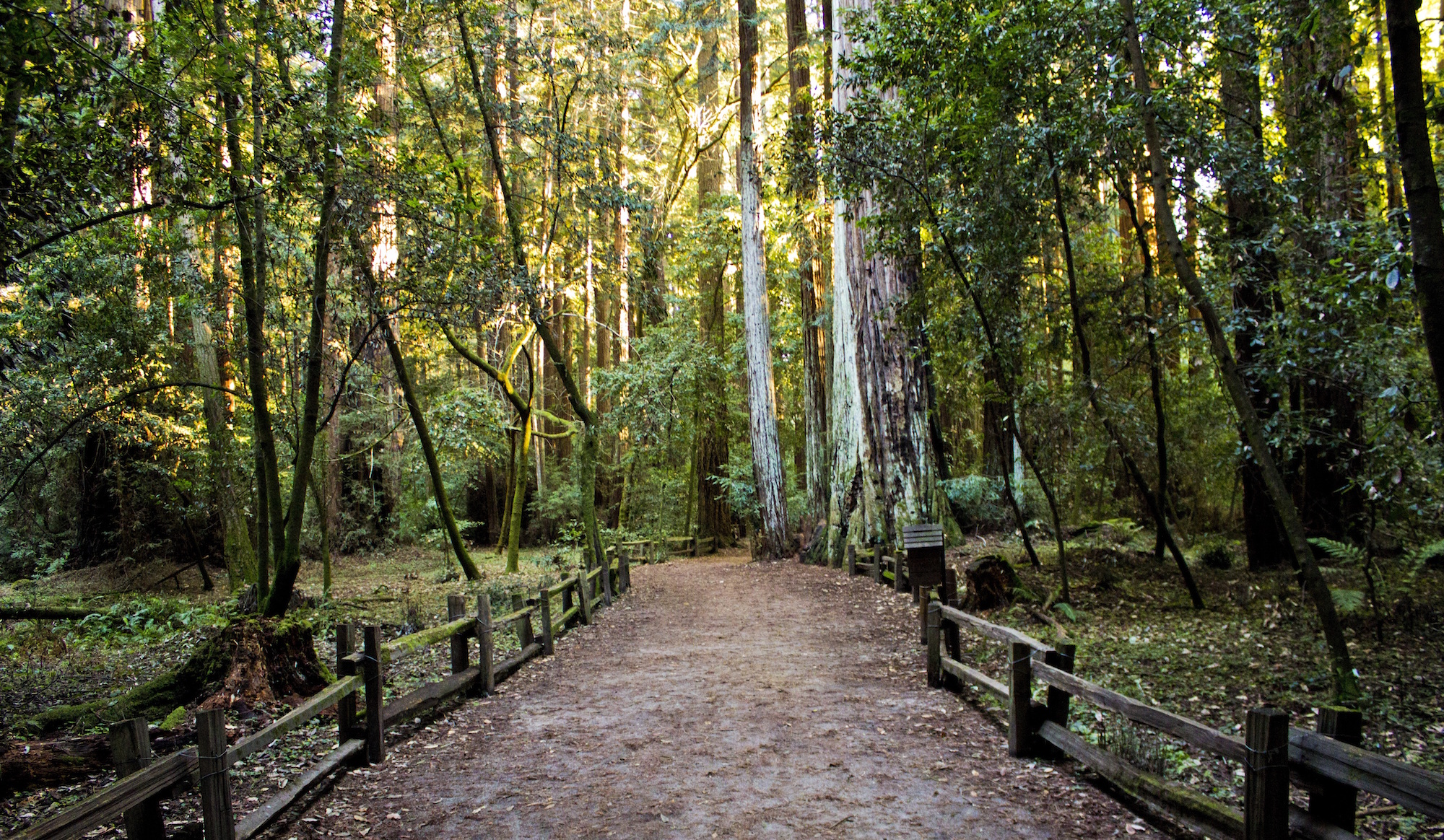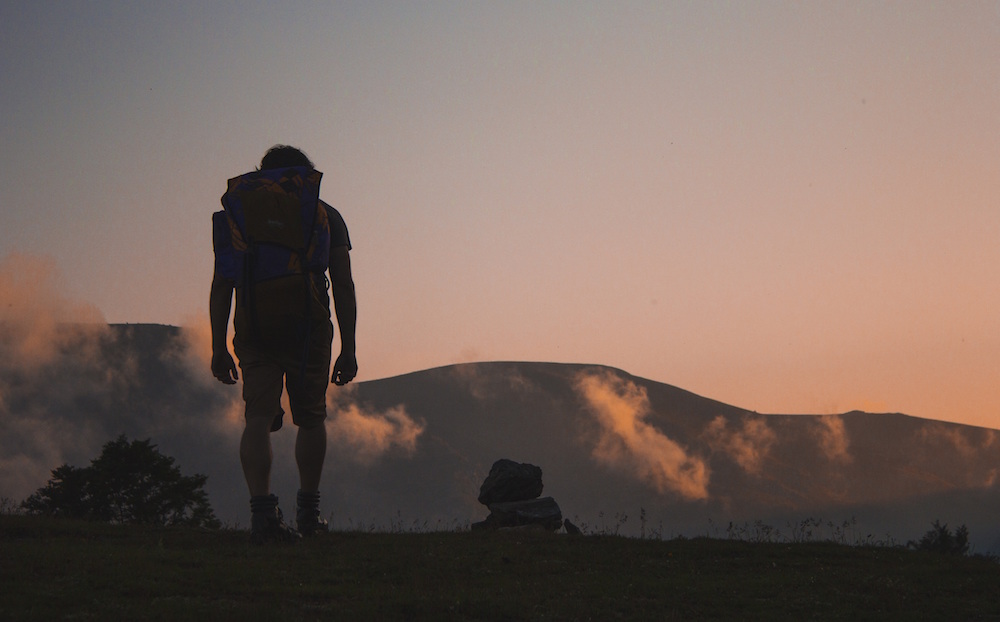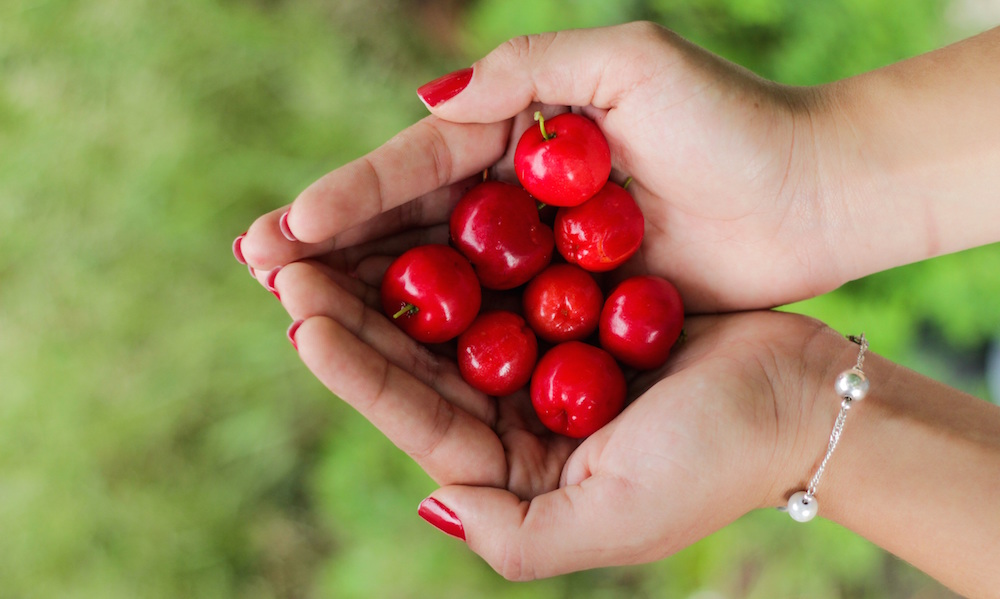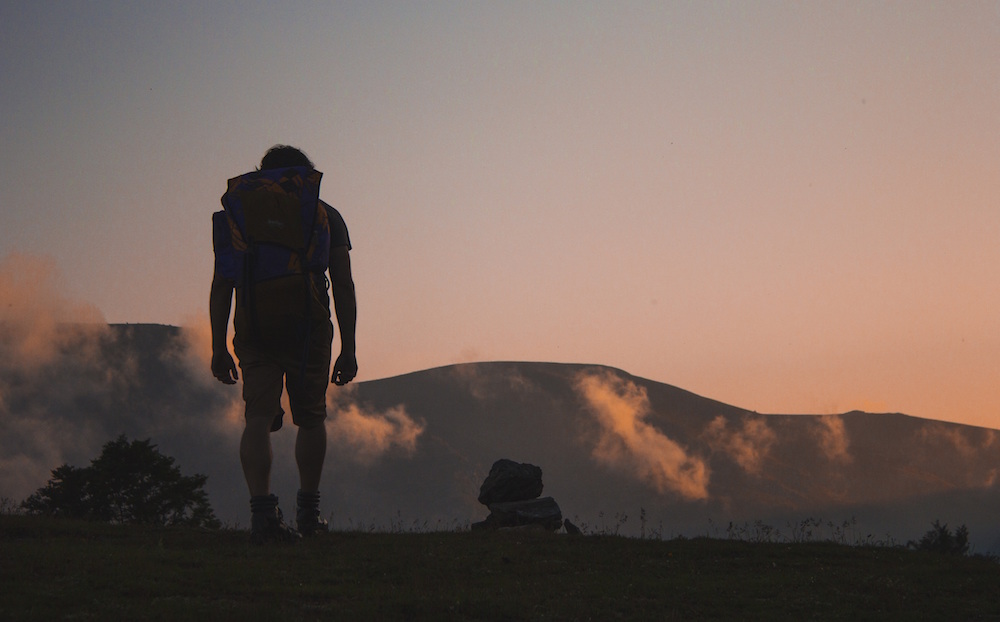A Beginner’s Guide to Hiking
So you’ve decided to go hiking. Perhaps you’ve done a few short hikes but want to start being a “serious” hiker. Don’t take it too seriously though, hiking should be fun! Challenging, but fun! Here’s a beginner’s guide to hiking that will help you figure out what to do, what to wear, and how to prepare.

What to Do
First things first. Don’t go start off doing crazy, difficult hikes. Pace yourself, there’s plenty of trails to go around, and some of the best ones are short and scenic. If you’re doing your first hike ever, I would start off with a one to two mile hike. If you’re in good physical shape (you exercise regularly, at least five to seven times per week), then you can go ahead and do a two to four mile hike. Start by researching some trails that are in the easy section. In Southern California, I consult Modern Hiker and So Cal Hiker for trails in my area for every hiking level. Choose a fun trail that you’ll have a good time at, maybe one along the coast or somewhere where you can watch the sunrise or sunset. It’s best to set yourself up for success so that you are motivated to keep hiking.
Make sure you check the weather before you go and use caution when there is rain or snow. This can change the dynamic of any hike drastically from a fun, enjoyable experience to a nasty, horrible nightmare. You want to make sure the trail is safe to avoid injury and anything else that can happen on the hike.

What to Wear
Most people start with running shoes and sneakers. But when you start hiking more often, you realize you may need a certain level of support. Some people use trail runners, hiking boots (there’s a lot of types of these!), and when you get to more advanced hiking and climbing – there’s a whole shopping list of shoes! So if you’re looking to graduate from your sneakers, we recommend getting some hiking boots – some like it high, some like it low. But try them out and make sure they’re comfortable, because chances are you will be wearing them for many, many, miles.
A lot of people start hiking with regular athletic wear. As you hike more and more, you realize there is a certain type of clothing that all hikers are wearing. Mostly you’ll want clothes that are comfortable, protect you from the weather and elements, and stay cool and dry. There are all sorts of hiking pants: some that zip off into shorts, some that are like leggings but you wear up to zero degree weather, and waterproof ones! If you are hiking in lower temperatures, you’ll want to get some cold weather gear that provides a degree of insulation including a base layer, down jacket, and a shell.
Some hikers wear baseball caps or visors, while some wear full-brim hats to protect their entire face from the sun. In the colder weather, hikers wear gloves, beanies, and sometimes even face masks. Make sure you are prepared with sunscreen and lip balm with SPF, coming home from a great hike with a painful sunburn is not fun!
In some cases, people mark their crossover into the hiker world when they purchase their first hiking backpack or as we call it a day pack (there are backpacks for multiple days, more on that later!). If you’re purchasing one for short hikes, you can start with something in the 9L-35L zone, depending on what you’ll be carrying. The “L” stands for liter, as they are measured and labeled by the volume that can fit in the pack. After the backpack, people start looking at hydration systems instead of carrying water bottles. It’s all about efficiency and also weight.
The more you hike, the more you’ll start building your hiking closet of gear and supplies- a more detailed shopping list coming soon!

How to Prepare
Whatever you wear or whichever hike you decide to do, make sure you bring enough food and water with you. A good rule of thumb is 1L (1 Liter) of water for every hour you’ll be hiking. For food, we recommend that you bring enough bars/snacks to eat every 45 minutes. You can bring granola bars, fruit, trail mix, nuts, crackers, etc. You can also bring electrolyte drinks or snacks to keep your energy levels up.
Make sure you pack the ten essentials with you to make sure you’re prepared for every scenario. Our detailed blog post explains what they are and you should make sure you have these in your new day pack.

What’s Next?
Get outside and go hiking! If you are looking for ways to inspire and motivate yourself to go hiking, check out our other blog post here. For even more inspiration, follow us on Instagram.

Add comment